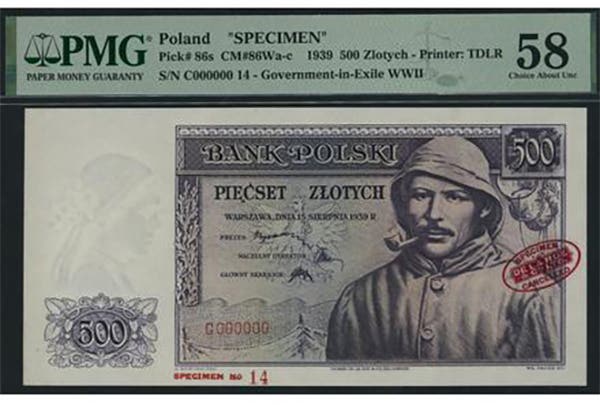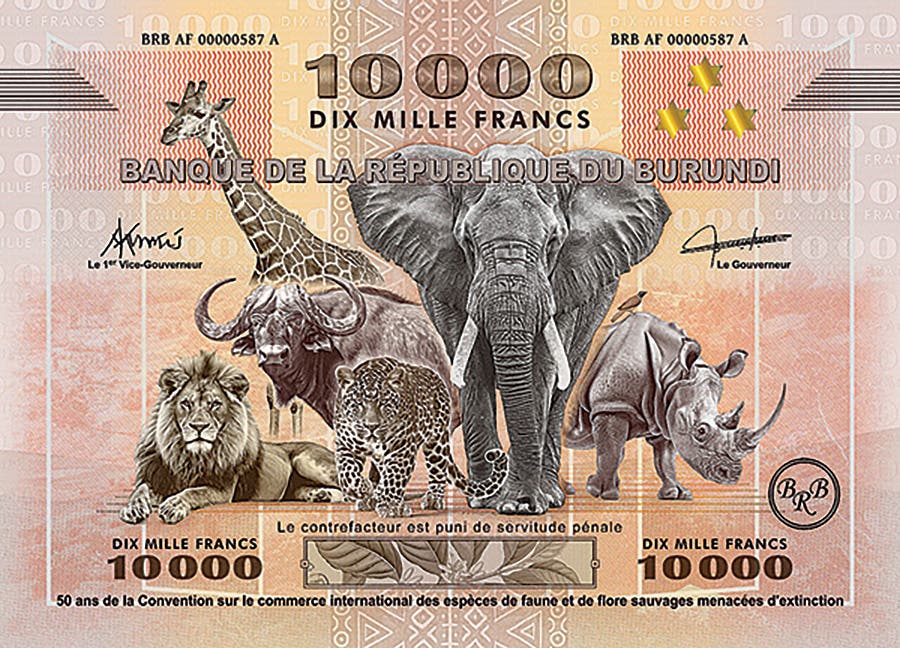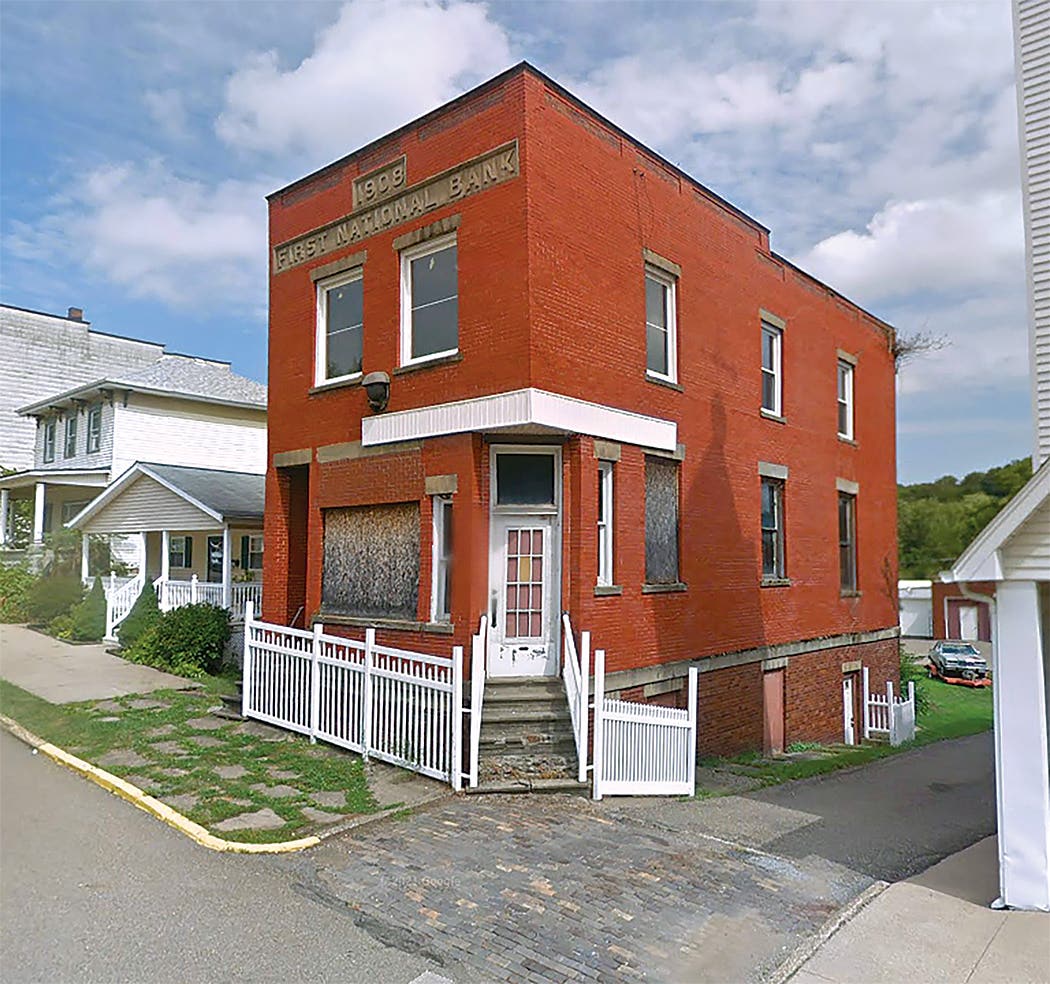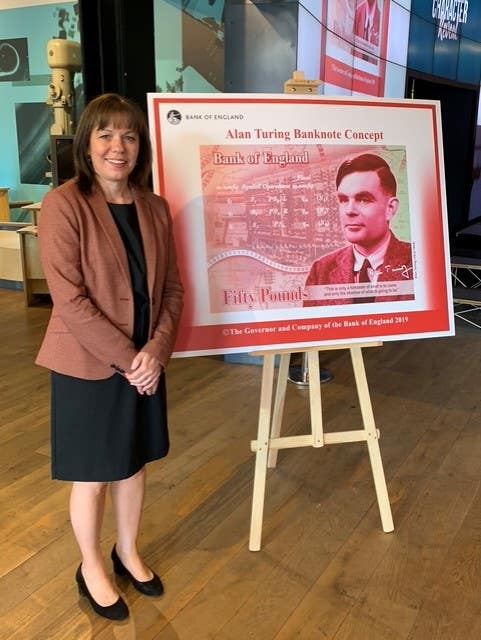Looking for Deals with Dealers
A bit of a slowdown after FUN. But a surprisingly high bid on a 5 cent third issue note, Fr. 1237 in a 65 grade, went for $2,880 as opposed…
A bit of a slowdown after FUN. But a surprisingly high bid on a 5 cent third issue note, Fr. 1237 in a 65 grade, went for $2,880 as opposed to a previous valuation of $700. What did the bidder know, or not know? A 1935B $1 silver certificate note in 69 grade brough $360. As I ’ve said in previous columns, check the condition of your 1957 series $1 bills. In last month’s column you might have wondered what 50 cent Fractional note went for $2,880? It was Fr. 1324, which I have always considered a rather common not.
Looking at mostly Tuesday night prices from weekly Heritage auctions I notice that more Fractional notes are not the only note categories to vary considerably in prices between small and large auctions. Budget minded collectors should probably pay more attention to the smaller auctions. Why? Because I think more prosperous collectors focus on auctions like FUN, Central States, Long Beach and other similar auctions. So, if you are willing to add less Gem notes for scarce notes in lower grade to your holdings, I suggest you look to smaller auctions and smaller shows.
I continue to see bargains in Federal Reserve Notes in all denominations, common Large Size notes, Nationals, Obsoletes and Confederate notes. Dealers at smaller venues are usually more willing to bargain and you don’t pay 20 percent. Dealers in big shows have a lot more invested. Travel, lodging, overhead expenses mean they are unlikely to dicker. Also, you can shop for coins with paper money dealers and paper money with coin dealers. As I’ve said before coin dealers will generally find a few notes in collections they buy. They don’t pay much for them and might not be aware of subtle variations that increase value. This is probably even more so with foreign paper notes. Of course, the first and most important rule for numismatic shopping in knowledge. Know the value of what you are shopping for and be able to recognize the grade you’re looking at. I sometimes see crazy prices in smaller auctions. This is usually due to lack of knowledge. Two bidders who don’t know the value of something get in a bidding war. Look at junk boxes at small shows. Mules are not obvious and if a coin dealer buys some notes they probably don’t know how to identify Mules. I bought a valuable $2 Red Seal 1928C Mule for peanuts out of a junk box. Don’t feel guilty. You have no duty to educate a dealer. If it is a little old lady who asked you to look at some old notes she has, I believe the right thing to do is be honest with her. I had occasion to find a 1918 over 17 Buffalo nickel and I paid a fair price after explaining the coin to her. She became a fan and referred several of her friends to her. I explained retail value and wholesale value. I told people I would pay more than wholesale and less than retail so that we both got good deals. We owe it to ourselves to be honest, as a way of life. No more preaching from me, just send your comments and questions to me and I’ll respond. I can be reached at billbrandimore@charter.net.








